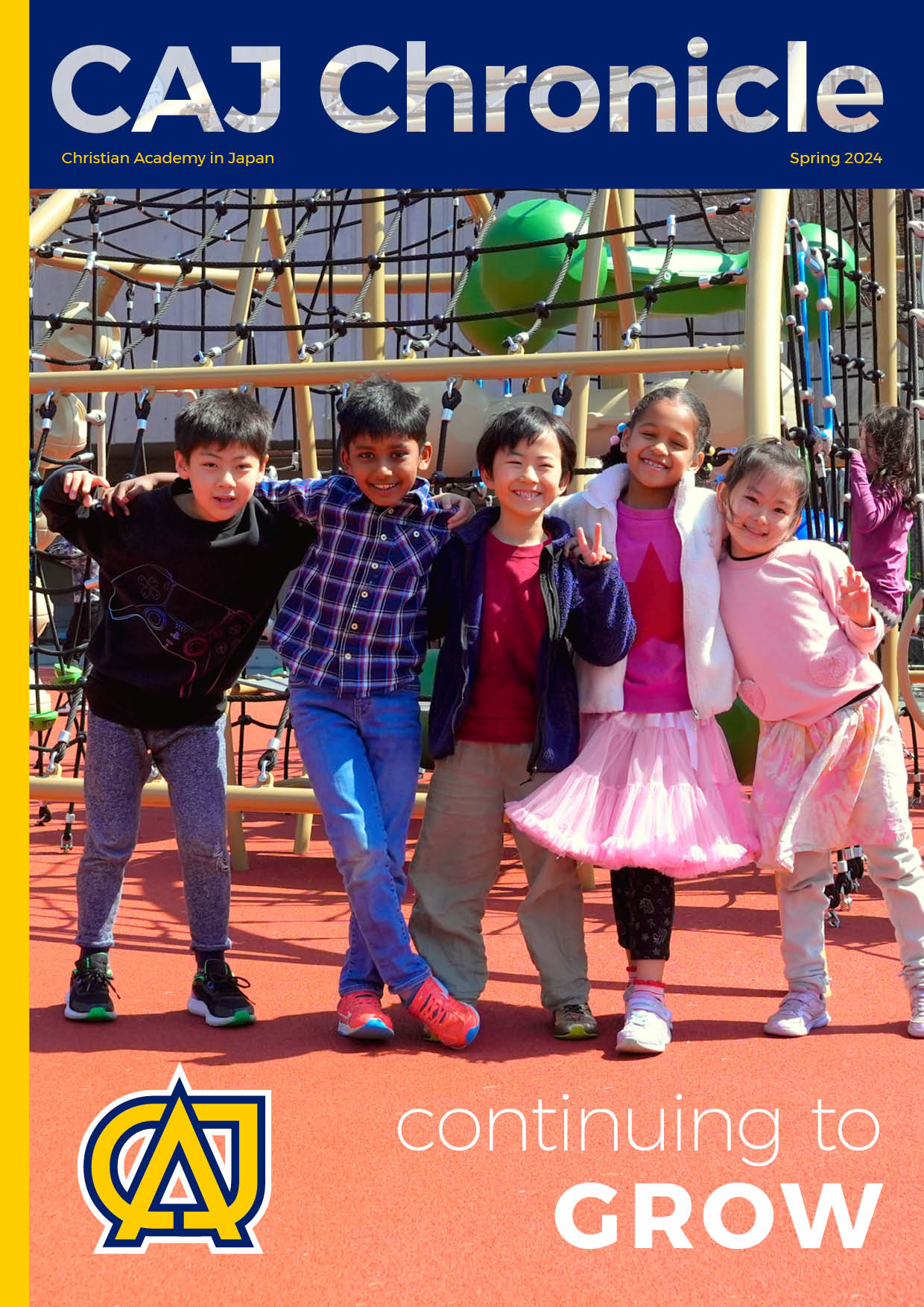Difference between revisions of "Plagiarism"
(Created page with '<sophie article="Plagiarism"/>') |
(No difference)
|
Revision as of 14:45, 1 June 2010
*High school students are responsible to understand the issue and consequences of plagiarism. CAJ's curriculum requires that teachers teach and remind students about the serious problem of using someone else's ideas or words without giving credit. Teachers do so before students work on assignments that require documentation. Therefore, plagiarism in high school is a serious offense; if intentional, it is a form of stealing, and it is cheating. The fact that we value collaboration does not imply that all work may be collaborative, and it is important for students to recognize when work must be completed independently. Ignorance about plagiarism is not an excuse.
- CAJ typically uses the Modern Language Association (MLA) documentation format, which requires that students complete and hand in a works cited list whenever a student has quoted or paraphrased ideas or words from another person. Students are responsible to use the proper format both in their parenthetical references and in the works cited list.
- To help students with proper citations, the Purdue University Online Writing Lab provides an excellent online reference at http://owl.english.purdue.edu/handouts/research/r_mla.html . Students are asked to use this web page or a copy of the MLA Handbook (Seventh Edition) to ensure that due credit is given and documentation is formatted correctly.
- Some classes may be required to use APA (American Psychological Association) format. This can also be found at http://owl.english.purdue.edu/handouts/research/r_apa.html.
- CAJ typically uses the Modern Language Association (MLA) documentation format, which requires that students complete and hand in a works cited list whenever a student has quoted or paraphrased ideas or words from another person. Students are responsible to use the proper format both in their parenthetical references and in the works cited list.
Plagiarism Tutorial[edit]
Plagiarism Tutorial, The University of Southern Mississippi
- What is plagiarism?
- Why people plagiarize
- Types of Plagiarism
- Plagiarims.org
- OWL @ Purdue
- Simon Frazer Univerity Take quiz
- Quoting
- Paraphrase
- Common knowledge
- Citations (Style guides)
- Style Quides
- CAJ uses the Modern Language Association (MLA) documentation format. Your agenda has an abbreviated MLA formatting guide. The full MLA Handbook (7th Ed.) can be found in the library, the computer lab, and from many teachers.
- AP Psychology/Psychology class may be required to use APA (American Psychological Association) format. Instructions about the APA will be given by the Psychology teacher and from the APA website.
- Many colleges and universities have chosen to use the Chicago Manual of Style.
- Consequences
- CAJ — High school students are responsible to understand the issue and consequences of plagiarism. CAJ's curriculum requires that teachers teach and remind students about the illegality of using someone else's ideas or words without giving credit. Teachers do so before students work on assignments that require documentation. Therefore, plagiarism in high school is a serious offense; it is a form of stealing, and, if intentional, is cheating. The fact that we value collaboration does not imply that all work may be collaborative, and it is important for students to recognize when work must be completed independently. Ignorance about plagiarism is not an excuse.
- University and Beyond
HS Index | Previous page: Personal belongings | Next page: Probation policy




